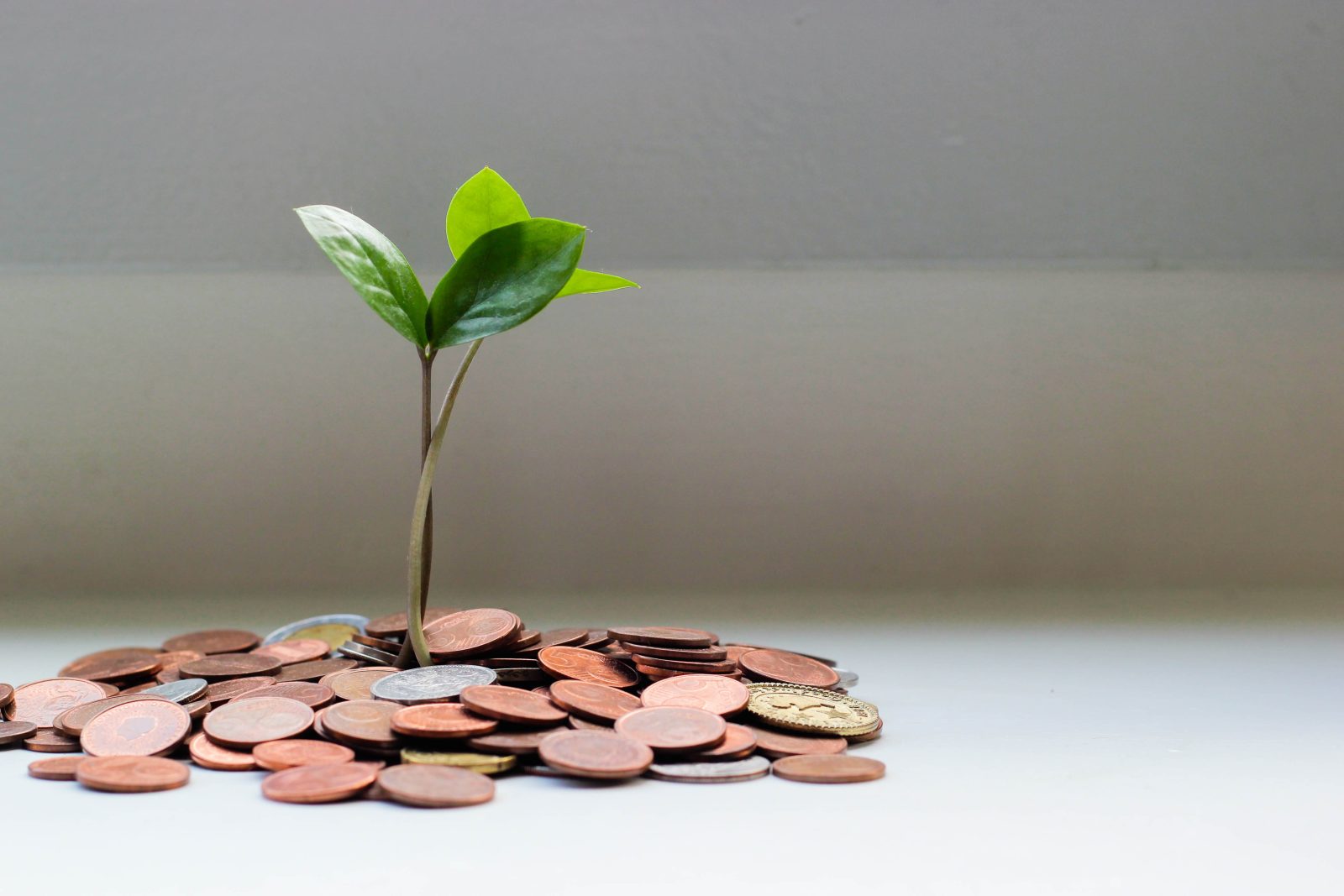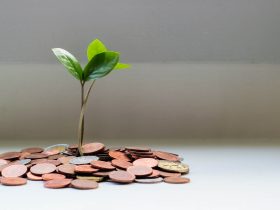Making life more affordable for Americans will be a key part of House Republicans’ remaining agenda for this Congress, Speaker Mike Johnson, R-La., said Friday.
In an interview with Fox News Digital, the leader of the House of Representatives acknowledged there was a ‘short amount of time’ for lawmakers to be in D.C. before the end of this year but said they would be working toward a number of goals, including President Donald Trump’s ‘affordability’ agenda.
‘We have a lot of executive orders that we want to continue to codify through the end of the year. We’re still doing regulatory reform to end the Biden-era regulations. We did some of that this week,’ Johnson said.
‘There’s a lot of initiatives left on the table, things for us to do and a short amount of time to do it in. But we’re really bullish about the ideas that we’re bringing forward over the next few weeks and in the coming months about reducing the cost of living.’
He said ‘affordability’ was ‘the buzzword of the day.’
‘We have an affordability agenda, as the president has been touting, and we have to do that in earnest. Healthcare is part of that. But it’s just the costs across the board,’ Johnson said.
He blamed the previous Democratic administration’s policies for the high cost of living seen today, arguing former President Joe Biden approved policies that led to higher inflation.
‘We the people rightfully revolted against that, and gave us the power again in January. But the economy is a very complex thing, you don’t flip a switch and just change it all in one week. It takes a while,’ Johnson said.
The beginning of Biden’s term was marked by record-high inflation, but that eased somewhat as the effects of the COVID-19 pandemic slowly subsided. Throughout his four years, however, the rise in consumer prices outpaced average wage growth, according to a Texas A&M University analysis.
Republicans promised to lower the cost of living when they took over the levers of power in Washington earlier this year. Johnson said a hallmark of that was Trump’s ‘One Big, Beautiful Bill Act,’ since rebranded as the ‘working families’ tax cut.’
‘By the time we get into the first and second quarter of next year, as Treasury Secretary Bessent has said, we should have an economic boom because of all of these pieces will be coming into play. Taxes will be lower, no tax on tips and overtime, lower taxes on seniors. And then there’ll be more investment because we have all the pro-growth policies and tax policies that will allow the job creators, entrepreneurs, risk-takers, innovators to do what they do,’ Johnson argued.
‘Everything I just described will happen in due time, and it will. So we’re very bullish about it.’
Republicans are also expected to spend the next several weeks working on a healthcare package aimed at lowering sky-high premiums many Americans face, while also seeking to reform what they see as a badly flawed Obamacare system.
Several House committees are also expected to advance legislation in the coming weeks focused on lowering energy costs, including fixing an outdated system for permitting new energy projects.


